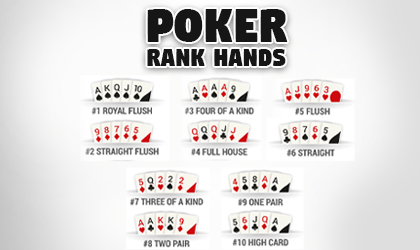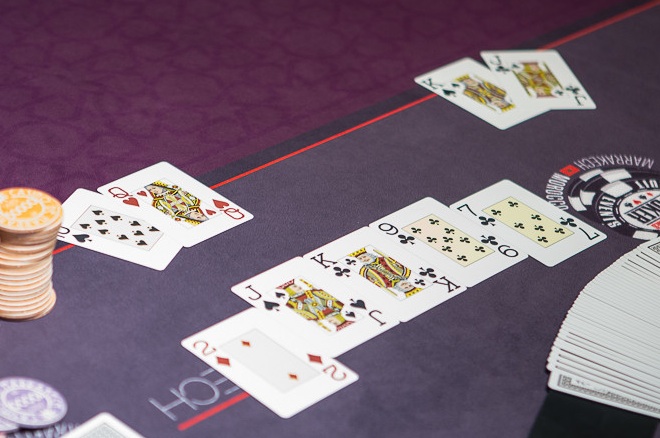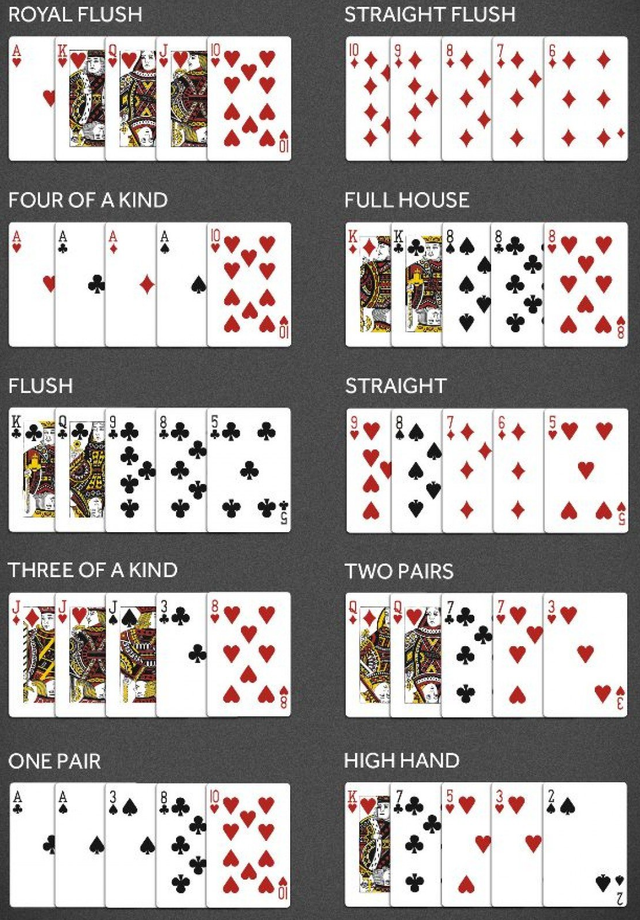Can An Ace Be Used As A 1 In Texas Holdem 3,5/5 7926 votes
A tie goes to the runner in baseball, but a tie in poker results in a split of the pot. Just what constitutes a tie can be confusing. Before you join a Sit-n-Go or play live poker you should brush up on what constitutes a tie, so let's look at some examples.
- The suits are all of equal value - no suit is higher than any other suit. In Poker, the Ace is the highest card and the 2 card (Deuce) is the lowest. However, the Ace can also be.
- Playing pocket Ace-Nine Off Suit and Ace-Nine Suited in Texas Hold'em Poker. A9 and A9s are difficult hands to play profitably in both limit and no limit Texas holdem. When the flop contains an Ace, you must usually play cautiously because one of your opponents may have an Ace with a better kicker, so it is difficult to maximize your winnings.
Is this a Tie at Texas Hold'em?

Question 1: What is a “straight” in poker? In poker, a straight is made when we hold 5 cards all of consecutive rank, for example, 56789. Aces can be both high and low for the purposes of creating a straight, but the Ace must either appear at the beginning or end of the hand’s structure. As in a regular straight, you can have an ace either high (A-K-Q-J-T) or low (5-4-3-2-1). However, a straight may not 'wraparound'. (Such as K-A-2-3-4, which is not a straight). An Ace high straight-flush is called a Royal Flush and is the highest natural hand. Four of a Kind Four of a kind is simply four cards of the same rank.
Suppose there are two players left in a pot. The five community cards showing on the board are 2, 3, 4, 5 and 6, two clubs, two hearts and a diamond. Player 'A' turns over their starting hand and shows a 3 and 4. He had two pair before the river, but now the board is a straight.
Player 'B' turns over their cards and shows a King and a Queen of clubs. They had four clubs and missed the flush on the river. So, who wins?
In Texas Hold'em, the highest combination of five cards wins the pot. So, regardless of the fact that player 'A' had two pair or that player 'B' had higher cards, the best five cards are the straight of 2-3-4-5-6, and since the game includes five community cards available to every player still in the pot, both players will use all five cards on the board to make the same hand, a 6-high straight. Thus, this hand becomes a split pot.
Of course one of the players may bluff at the pot, trying to convince the other that they hold a 7 or even a 7-8 and a higher straight. That's just advanced play and not much you can do about it.
Another Tie Example
Suppose three players call pre-flop, which shows 6-6-8. Player 'A' has pocket aces and bets, called by player 'B' who holds Ace-King suited and a four-flush, and player 'C' who flopped four to a straight. The betting is heavy. On the turn, another 6 hits the board. Now player 'A' has sixes full of aces, player be still has a 4-flush, and player 'C' folds.
The river is another 6, leaving a board of 6-6-8-6-6. Now the best hand is quad 6's with an ace, and both players remaining split the pot. Bummer for player 'A' who's full-house dominated on the turn, but turned into a split on the river!
When Kickers Play
In the last example, both players used their Ace-kicker to claim a split of the pot. Other times kickers can be even more confusing. Suppose the final board is all spades: Ace-K-6-5-4

Can An Ace Be Used As A 1 In Texas Holdem Rules
Player 'A' has two spades in their hand, Jack and 6. Player 'B' has a pair of queens, one of which is a spade. In this case, player 'B' wins because their final hand of Ace-K-Q-6-5-4 spades is higher than player 'A's' hand of Ace-K-J-9-8 spades.
If the players had each held just a single spade in their hand, player 'A' the 2 and player 'B' the 3, this would be a split pot, as the final community cards of Ace-K-6-5-4 would be the highest hand. You'll start to understand these concepts quickly as you learn more advanced strategies.
Can An Ace Be Used As A 1 In Texas Holdem Game

One Last Example
Now suppose there is an all-in wager preflop and two players call. Player 'A' holds pocket Jacks and player 'B' hold's pocket Tens. The board comes Ace-King-Queen. Player 'A' leads and both have a straight draw. The turn is an Ace and the river is another King, for a final board of:
Ace-King-Queen-Ace-King
Looks like player 'B' caught-up! Now it's a tie because the board plays and those pocket jacks and tens aren't going to be used! It's simply two-pair (Aces and Kings) with a queen kicker!
Introduction to Folding
Knowing what hands to fold in poker doesn’t come easy to most players. If you’re reading this article, you’re probably concerned that you play too many hands, call too many raises speculatively or on the contrary, play too tight and need some guidance. We can’t all play like Phil Ivey or Tom Dwan and expect play a wide range of hands profitably. This article will give a basic guide on what hands to fold in poker.
Playing Situations, Not Just Cards
Can An Ace Be Used As A 1 In Texas Holdem Tournaments
Before I get into the hand groups you should be folding. Let me preface it by saying that, as your experience, table awareness and proficiency in Texas Holdem develops, you will often be looking for profitable situations instead of just playing solid poker hands. This is something I always tell players I mentor but this article is designed to help those of you who are having difficulty with pre flop hand selection and want some general advice on what hands to fold in poker.
Can An Ace Be Used As A 1 In Texas Holdem Card Game
Ace Rag
Ace rag is almost definitely the most overplayed and overrated hand in Texas Holdem. Even professionals will occasionally overplay the ace if they’ve been dealt junk for hours. The truth is, unless you are in position or shorthanded, these hands are unlikely to generate you much money or help build your stack much. They don’t play particularly well post flop and you are unlikely to extract 3 streets of value if you make top pair. Sometimes when you think you will, you end up finding yourself outkicked.
Low Paint Cards
This may surprise you but the Queen Jack and King Jack hands are not as powerful as you think. Granted, you have two paint cards and have the opportunity to make straights. But, if you are calling raises with these hands, particularly against early position open raises, you are going to find yourself outkicked or against a higher pair. If a strong player is opening from under the gun and you are tempted to play Queen Jack from the small blind, think again. The range of hands you are likely to be up against have Queen Jack in bad shape. To make this clearer, if you are against an Ace Jack, Ace Queen or King Queen, you are approx. 25% to win the hand in a showdown. Let’s also not forget you do not have the pre flop lead.
Low Connectors
Hands like 4-5, 6-7 and 3-4 are hands to fold in poker. I make a distinction from suited as they play much better.The offsuit low connectors are unlikely to help your ROI. You may have seen some professionals call raises on High Stakes Poker with these hands. That doesn’t mean they were right to and it doesn’t mean you should. Unless you make a hand stronger than one pair, you are unlikely to feel secure with low connectors so just throw them away.
If you enjoyed this article and want to contact us to see how we can help you, fill in the form below and we will be in touch soon.